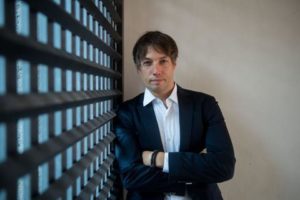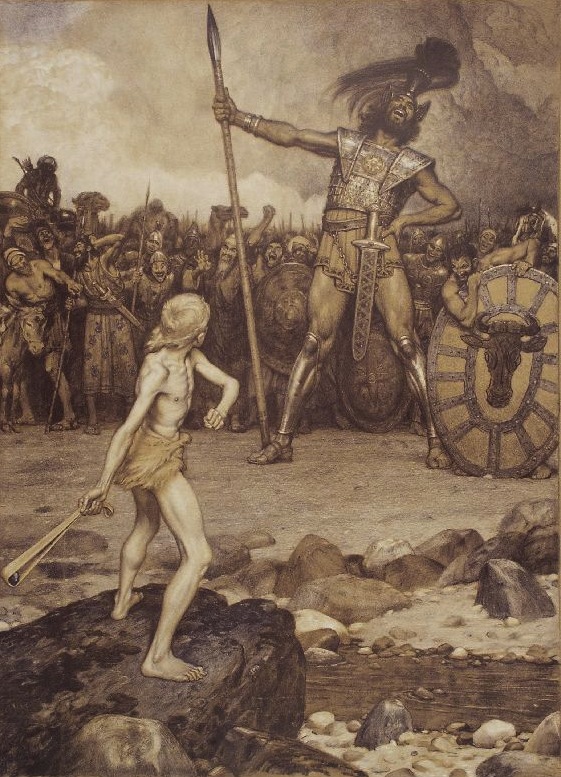Sean Baker – another iPhone Film in 2019?
 Sean Baker is the director who put iPhone filmmaking on the map with his Sundance hit Tangerine. There had been other directors before him who had made shorts (or even features) using an iPhone. One notable director is Ricky Fosheim, who came to the Mobile Motion Film Festival in 2017 to present his iPhone feature Uneasy Lies the Mind.
Sean Baker is the director who put iPhone filmmaking on the map with his Sundance hit Tangerine. There had been other directors before him who had made shorts (or even features) using an iPhone. One notable director is Ricky Fosheim, who came to the Mobile Motion Film Festival in 2017 to present his iPhone feature Uneasy Lies the Mind.
After making Tangerine, Sean Baker went back to using film, shooting The Florida Project on 35mm (although the last sequence was shot on an iPhone because they couldn’t get access to the Magic Kingdom at Walt Disney World). He even started to play down the use of iPhones, complaining that once you have shot one film for $100,000 on an iPhone producers just want to keep you working on that budget level.
But now Baker is thinking about making 2 feature films in 2019 and is even talking about the possibility of going back to the iPhone to shoot one. He makes an interesting distinction between digital and using iPhone (smartphone).
Baker says he doesn’t see the point in shooting digital as then you are simply trying to mimic film – in which case you might as well just use film (if you can afford it). When he says digital, he means conventional professional digital cameras, from DSLRs up.
iPhone filmmaking isn’t digital?
Not according to Sean Baker. He’s saying that iPhone filmmaking is a medium in itself, which is set apart from film or digital. That using smartphone’s to shoot films carries a number of advantages and creative differences which allows you to film in a different way.
Echoing Soderbergh, Baker is putting forward the idea that shooting with smartphones is not just a poor person’s option to get their film shot. They are saying, even if they can afford film, they might choose smartphones instead – presumably for all the reasons we have put forward writing for MoMo.
Namely, using a smartphone opens up a lot of possibilities not available to traditional film (or digital) crews: flexibility, intimacy and being liberated to make instinctive shot and filmmaking choices.
“I refuse to use digital,” says Sean Baker. “There’s no reason to use digital unless you’re going with a phone because most digital is trying to emulate film anyway. So we’re trying to figure out that and write the script. We’re looking to shoot next year.”
It’s still partly about budget, though
Sean Baker adds that he’s looking to make low budget films. The Florida Project cost $4.1m to make and he says it’s “very difficult to make money back”. he also says he doesn’t feel it is ethically right to spend so much money on a film which is about people with limited means.
He also says he would like to make an action film. Indeed, his long time collaborator Chris Bergoch mentioned an action movie they were developing (and struggling to fund) before going on to make Tangerine.
It’s all about turning an apparent weakness into a strength. Which is how all great David vs Goliath stories tend to work out.
Glass Half Full
If you’re a low-to-no budget filmmaker, you definitely need to start thinking this way. If you approach your lack of funds with a mental attitude which makes you feel like you are missing out in some way, you are doomed to fail.
Don’t keep obsessing over what you don’t have – think about the advantages your lack of funds actually gives you.
I think one of the big obstacles that holds many filmmakers back is this mental block. They can’t get past the idea that they will fail because they don’t have enough money. It’s a fear of being exposed as “unprofessional”.
But if you start with the idea that your lack of crew, equipment and funds is actually an advantage, you will be mentally liberated. You will start to get excited about making a film with little resources and enjoy the fact you are not weighed down by a huge army.
I’m with Cassavetes on this one; that a lot of filmmakers who hide behind a big crew and long kit list are scared to appear amateur. “Look at me with my army and trucks full of lighting and grip scaffolding – aren’t I a big shot! Now you have to take me seriously.”
These are the same people who have profile pics of themselves with giant cameras, doing that shot framing thing with their fingers.
You can’t make a good movie with lots of money?
Of course you can. Some incredible films have been made with big crews and kit. But what I’m doing here is providing you the mental tools to get over this block. To start thinking about how in many ways it’s better to shoot with little money.
See that glass? See how half full it is?
Here’s an example: during the shooting of the last episode of Silent Eye (using Samsung S9s), one actor told us about his experience working on a TV AD. He had one line, but had to wait until 4pm to say it, because the director and DoP had fallen out (or something). So the pressure on him to deliver that line right grew and grew…
In contrast, the comments I get during my productions are more like, “Wow, I’ve never finished early before!” or “Everything is so well organised!” – yes, because there’s a lot less to organise when you have 1 or 2 crew members and filmmaking kit which fits into a small backpack.
So what does this mean? It means we can spend 90% of the time working on the story. And not worrying about whether the star actor has fallen out with the costume department. Or whether the parking ticket has run out on the parking for the van.
Okay, but if you have lots of money, there’s a whole team of trained professionals dealing with this (you hope). Well, let’s imagine you have lots of money, you have the best crew ever. Producers and productions managers are totally on the same page as you, know exactly how you like to work and have everything as you wish it…
I guess that does happen sometimes… You know, when Sagittarius is rising with Jupiter or something. Okay, so image this perfect alignment has taken place and everything is in order. Have you ever tried changing your mind when 50-100 people are all organised to do something else?
Imagine the looks you get from your production staff when you say, “I’ve decided to shoot something else.” Imagine how long it would take to reorganise 50 people. Imagine not getting hired again as a director because you cost the production $50k when you decided to change the shooting schedule on the spur of the moment…
So, if you wonder why directors like Soderbergh and Baker are seeing the iPhone or smartphone as a creative filmmaking choice, even when they are successful directors who have access to funds, thinking about the downsides of large crews and kit lists might help you understand where they’re coming from.
It’s a creative choice (not a gimmick)
Imagine being a painter and you set off for the hills to paint a landscape. After an hour of sketching the basic framing, you decide to move your view. So you move 100 meters up the hill, find you are happier with this new view and get started.
Now imagine you had to re-organise 50 people before you could change your view. I think you might quickly give up painting.
So, what is this new creative opportunity from smartphone filmmaking? To make filmmaking a more flexible, spontaneous medium. Like painting.
To make the most out of this smartphone filmmaking opportunity, it helps to approach it differently than you would a regular film shoot. Think about how you will take advantage of the extra spontaneity, flexibility and intimacy. And conceive your story to suit.
Because you’ll be able to do things a bigger production couldn’t, and at a fraction of the cost. So if you focus on these things, you’ll be giving yourself an advantage and your cup will be half full.

Eager to learn more?
Join our weekly newsletter featuring inspiring stories, no-budget filmmaking tips and comprehensive equipment reviews to help you turn your film projects into reality!
Simon Horrocks
Simon Horrocks is a screenwriter & filmmaker. His debut feature THIRD CONTACT was shot on a consumer camcorder and premiered at the BFI IMAX in 2013. His shot-on-smartphones sci-fi series SILENT EYE featured on Amazon Prime. He now runs a popular Patreon page which offers online courses for beginners, customised tips and more: www.patreon.com/SilentEye


